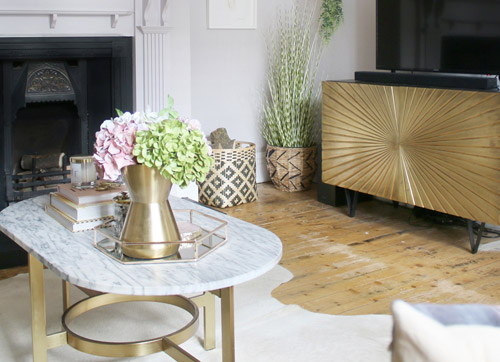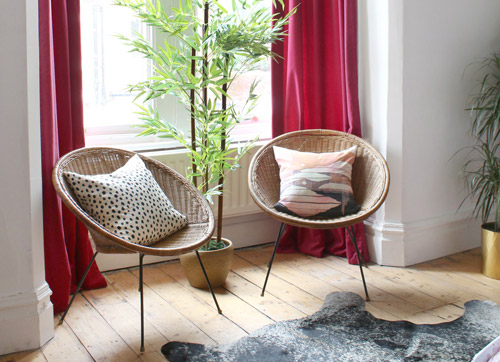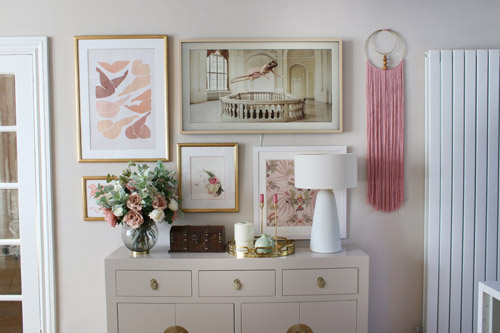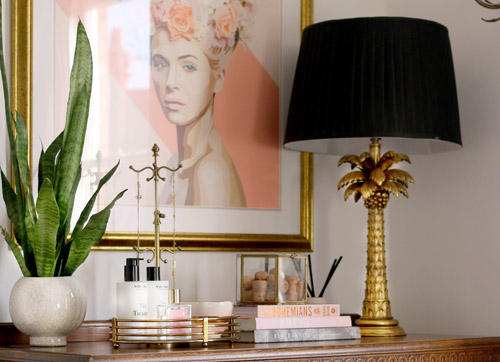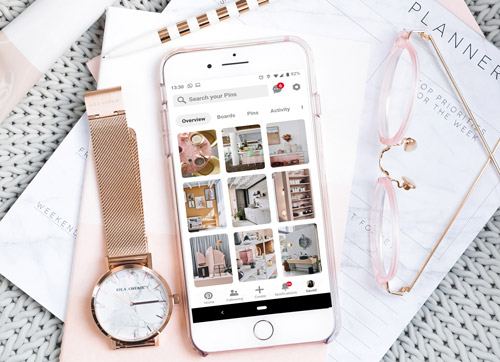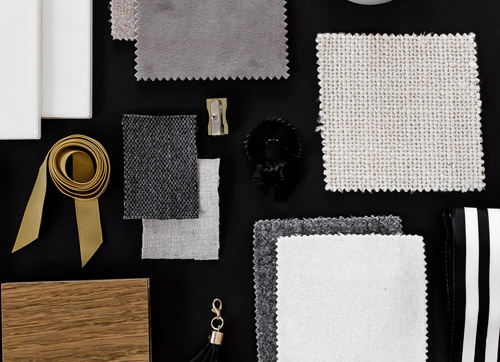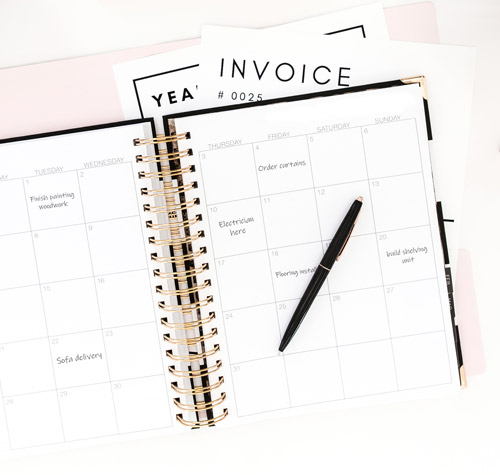Our site uses cookies to give you the best experience. or continue shopping if you're happy.
Accept & closeBeginner's Guide To Decorating
Decorating for the first time can seem a little daunting. Fear no more as Kimberly of Swoon Worthy lends a helping hand!
Whether you’ve just picked up the keys to your home or have been living with a room you’ve been unhappy with for years, deciding to decorate can be a bit overwhelming. With a dizzying amount of choice in terms of colours, styles and elements required, where do you even begin when you decide to decorate?
The fact is, you’ll save time, energy and money if you have a plan of action in place first and you’ll be less likely to make any unnecessary mistakes along the way. My tips today will talk you through the steps you’ll want to take before you even put that first coat of fresh paint on the walls and ensure the final result is a space you’ll love.
1. Know your requirements
First things first, consider how you plan on using the room. While the answer may seem obvious (“It’s the living room so we’ll watch TV there”), you’ll want to consider all the ways you intend on using that space. How many people will need comfortable seating? Do you often entertain in there? Do you sometimes work there with your laptop? Do you sometimes eat meals there? Will you mostly be using the room in the evenings or will you be entertaining the kids there during the day too?
The more specific you can get around how the room will likely be used, the clearer your requirements for it will be and you’ll have a better understanding of what pieces will be necessary along with any storage or lighting requirements too.
2. Pay attention to the quality and quality of light
Speaking of lighting, keep an eye on kind of natural light the room gets and which way the room faces the sunlight. A southwest-facing room will have the sun on it most of the day making bright colours more saturated while a northeast-facing room will likely get a cooler blue light, dulling bright tones. Knowing this will help you to choose colours that will look the best in the space.
A good exercise for choosing colours is to get a large white piece of card or thick paper stock and using your sample paint pots, paint a large square of your chosen paint colour on it leaving around a 1” border of white on the outside. Tape the card to your walls in different areas of the room and at different times of the day and see how the light changes the colours.
3. Take measurements
Using a measuring tape, make notes of the size of your room – from the floor space to where your windows and doors are as well as the location of things like radiators, plug sockets and light switches.
This will help in terms of furniture placement as well as how well traffic will flow through the space. This especially helped with planning our gallery wall and factoring in our Samsung Frame TV (you can see how we got on with the Frame here.)
Keep these measurements close to hand when shopping for pieces for the room so that you don’t end up purchasing items that are far too big or far too small for where you planned on placing them.
4. Work with what you have
Of course, it’s easy to let your budget run away with you when planning your decorating project so keep a note of those items you already own that could work well in the room. Whether that’s a piece of furniture, textiles, art prints or lighting, incorporating existing pieces into the space will save money.
These items may also help to steer the direction of the style you may want to create. Vintage pieces will add a timeless quality to the room rather than buying everything new and will create a sense of history in your home.
5. Gather inspiration
Speaking of style, you’ll want to start gathering inspiration for your room design. I’d recommend creating a dedicated Pinterest board with your favourite designs and look for patterns in the images. Are there certain colours that come up again and again? Styles that you’re unconsciously drawn to that repeat in different pins?
Try to narrow down your choices to make the inspiration process less overwhelming and bear in mind any limitations of what you’re working with. You may lust after that Parisian flat with tall ceilings, huge windows and parquet flooring but if you live in a 60’s semi without a lot of original features, you may want to look at homes that resemble your own to see how to bring your own architecture to life.
6. Set your budget
We can all get swept up in the fantasy of a lottery-win but for most of us, a realistic budget is a must when decorating. Your first port of call will likely be the room’s foundations and while these items won’t be the most exciting things to spend on, taking care of these first will likely save you any headaches in the long term.
Do the walls need to be reskimmed? Does the flooring need replacing or refinishing? Do you need to move or incorporate more electrical sockets? Does the lighting need to be reconfigured? Will you be updating or moving radiators? All of these things will need to be budgeted for.
Once any tradespeople have been consulted and you have received quotes to work from, you will then want to look at any of the bigger ticket items in the room. Large pieces like sofas, desks, tables and beds will take up the most space in a room and create the biggest impact, so therefore, you may wish to allocate more budget to these items.
Plan out your budget, prioritising what elements are the most important to you and be sure to allocate costs to any work required, furnishings, paint, lighting, accessories and of course, any finishing touches so you can keep a tight reign on costs as you go.
7. Create a mood board
Now that you have your style sorted, your colour scheme planned and a few pieces you’ll be working into the room design, you’ll want to start designing your space, researching for items within your budget.
Whether you create it digitally or physically, a mood board will bring all the elements you’ve chosen together, like puzzle pieces. This doesn’t have to be fancy. All it needs to do is incorporate things like the colours, fabrics and finishes and/or images of the furniture and textiles you’ll be using so you can see whether or not it creates a cohesive space that reflects your personal style.
Making adjustments at this point is far easier than having to return items you purchased or redoing work that’s already been completed.
8. Create a schedule
Finally, you’ll want to create a schedule for the work to take place so you can see your finished design in the flesh. If you’ve had tradespeople in to quote for work, keep those lines of communication open regarding when they’ll be able to come in to complete their jobs.
Keep a calendar outlining everything from when you’ll get the foundations done to when you’re planning on painting or wallpapering and when furniture and other materials are due to be delivered.
Of course, some flexibility may be required. If you’re incorporating any DIY in the space, be reasonable with what you can achieve around work or other responsibilities and bear in mind some items may have longer lead times.
Once your schedule is in place, you can start to begin your decorating project with confidence!
Room images copyright Kimberly Duran Swoon Worthy and used with kind permission.


